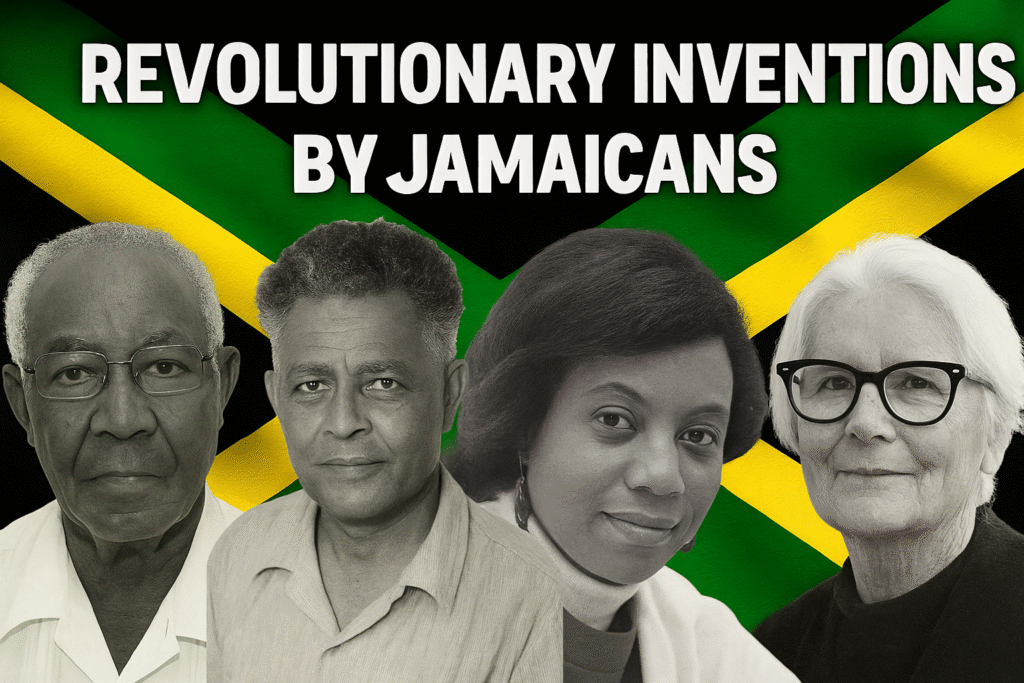
When people hear “Jamaica,” they often picture the lush hills of St. Ann, the rhythm of reggae, and the sprinting legends who bring home gold. But Jamaica is far more than beaches and beats. Beneath the surface of this Caribbean gem lies a nation of inventors, scientists, engineers, and visionaries whose creations have touched every corner of the globe. From the fields of Clarendon to the laboratories of MIT and NASA, Jamaica’s sons and daughters have shaped modern life through innovation, resilience, and pure creative brilliance.
Agriculture: Feeding a Nation, Inspiring the World
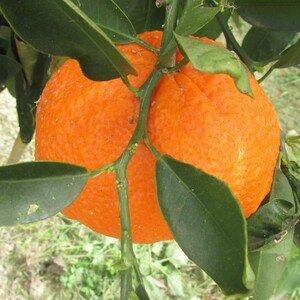
Jamaica’s legacy of invention begins where life itself begins — in the soil. Out of the island’s fertile heart came the Ortanique, a hybrid fruit created by David Daniel Phillips and Charles Jackson. It combined the sweetness of an orange with the tang of a tangerine to form something entirely new. The name itself — “Or” for orange, “Tan” for tangerine, and “ique” for unique — reflects the Jamaican instinct to innovate. It became a symbol of agricultural pride, a perfect blend of science and sunshine.
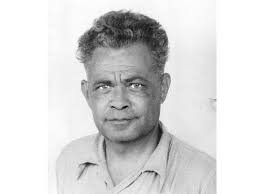
Then came Dr. Thomas Lecky, a name every Jamaican child should know. He devoted his life to transforming the island’s livestock through scientific breeding. From his research emerged the Jamaica Hope, a tropical dairy cow with high milk yields and resistance to heat. Lecky also created the Jamaica Red, Jamaica Black, and Jamaica Brahman cattle, each adapted to different terrains across the island. His work revolutionized Caribbean agriculture and allowed Jamaica to feed itself on its own terms. He proved that excellence could be engineered from local soil.
Other Jamaican scientists continued to innovate in food science. The development of composite flours, made from cassava, breadfruit, and banana, gave the island a way to reduce dependence on imported wheat. Researchers also introduced methods for crystallizing and preserving ginger, boosting export quality and expanding the use of local crops in global markets. From farm to factory, Jamaican ingenuity has always been about empowerment — turning what we have into something extraordinary.
Medicine and Health: Healing Through Innovation
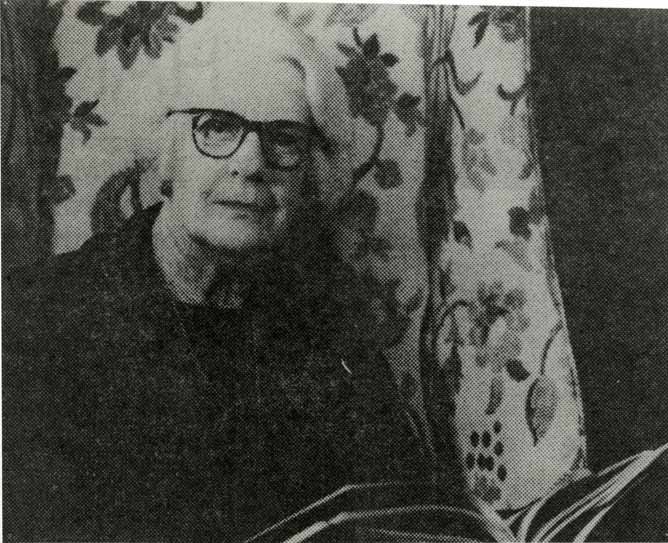
Jamaican brilliance has saved lives all over the world. Dr. Cicely Williams, born in Westmoreland, identified Kwashiorkor, a childhood disease caused by protein deficiency. Her discovery transformed child healthcare and nutrition policies globally. Dr. Yvette Francis-McBarnette, another Jamaican trailblazer, pioneered the use of antibiotics in children with sickle cell anemia, dramatically increasing their life expectancy and quality of life.
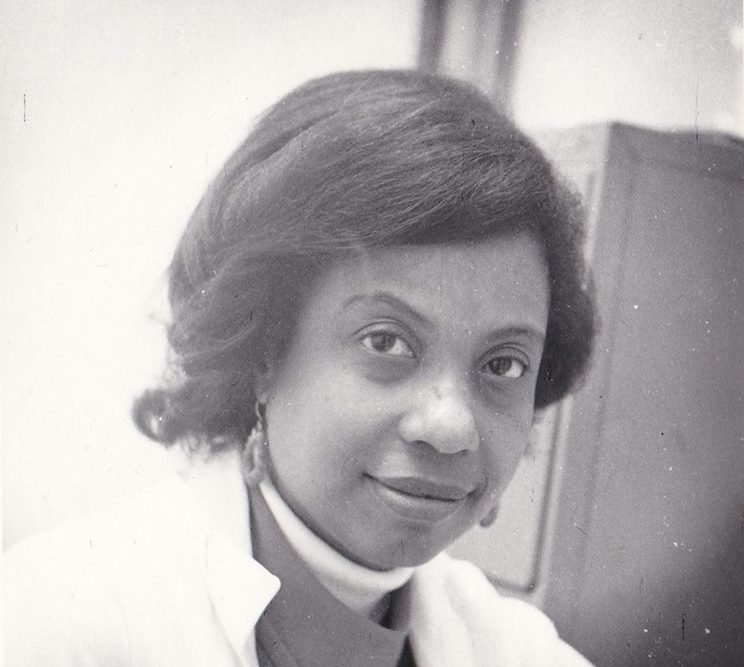
Then came Professor Manley West and Dr. Albert Lockhart, who merged science with traditional Jamaican wisdom. They studied the effects of cannabis on the human body and developed Canasol, a groundbreaking eye drop for glaucoma. It was one of the first legal medical applications of cannabis in the world, offering relief to patients without harsh side effects. The pair also produced Asmasol, a treatment for asthma, and Canavert, for motion sickness. Their discoveries put Jamaica on the global map for pharmaceutical research and opened doors to new frontiers in medicine.
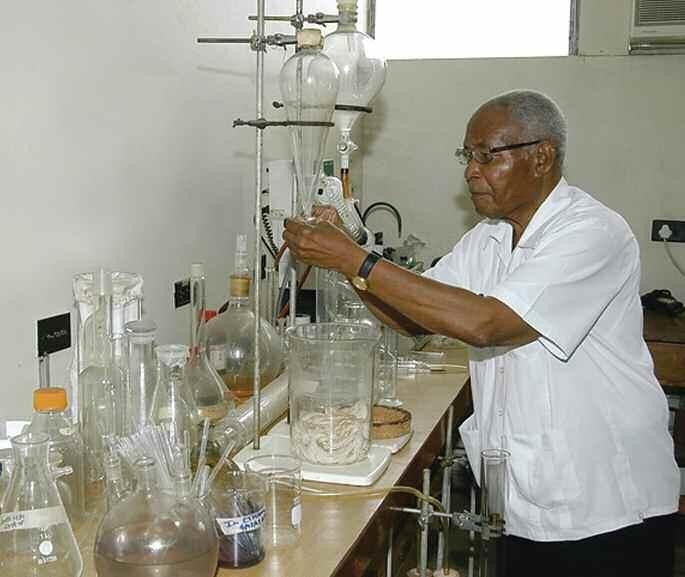
In more recent years, Dr. Simone Badal-McCreath created the Caribbean’s first prostate cancer cell line, a major breakthrough for regional cancer studies. Meanwhile, Dr. Karen Nelson conducted the world’s first comprehensive metagenomic study of the human gut microbiome, reshaping our understanding of how bacteria influence human health. These are not small feats — these are world-changing discoveries born of Jamaican minds.
Technology and Engineering: From Kingston to the Cosmos
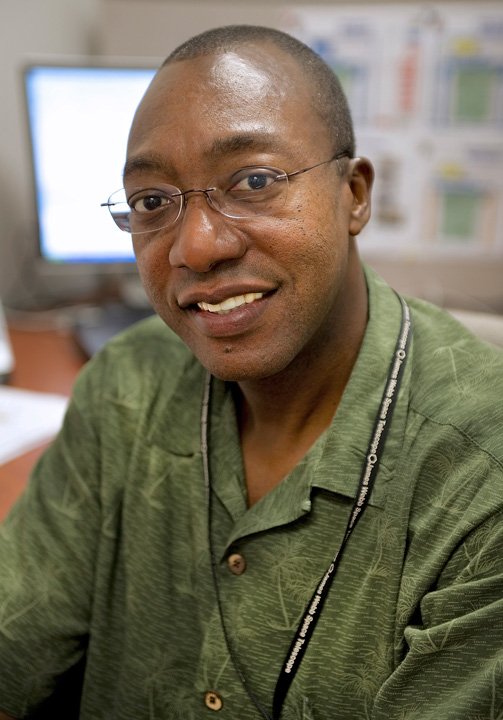
Jamaican innovation reaches far beyond Earth. Robert Rashford, born in Kingston, worked with NASA to develop technology for space exploration. He co-invented the Single-Person Spacecraft, a protective capsule allowing astronauts to safely perform repairs in orbit. He also helped create 3D systems for detecting microscopic flaws in aircraft and spacecraft materials. His inventions played key roles in missions involving the Hubble Space Telescope and continue to shape aerospace technology today.
Back on Earth, another Jamaican engineer, Walt W. Braithwaite, transformed aviation at Boeing. He pioneered the use of Computer-Aided Design and Manufacturing (CAD/CAM), which allowed aircraft to be built digitally before they ever touched a factory floor. This technology revolutionized the aviation industry, leading to the development of legendary aircraft like the Boeing 777 and 787 Dreamliner. His genius earned him the title “Father of Digital Aircraft Design” and secured Jamaica’s name in the history of global engineering.
In computing, John Henry Thompson, a Jamaican-born software architect, created the Lingo programming language, the foundation for early multimedia platforms. Lingo powered Macromedia Director — the tool behind countless animations, games, and interactive websites of the 1990s. Thompson’s vision made it possible for artists and non-programmers to create digital content long before today’s user-friendly software existed. His legacy continues in every app, animation, and multimedia experience we enjoy today.
Astrophysics: The Stellar Detective
Jamaica’s connection to the stars is more than poetic. Dr. Mercedes Tharam Richards, known as “The Stellar Detective,” brought cosmic mysteries into focus. She was the first to apply tomography — a 3D imaging technique — to the study of binary stars. Her work revealed how gas moves between two stars in orbit, uncovering secrets about stellar life cycles and gravitational dynamics. Richards’ research reshaped astrophysics and helped confirm that gas flows in star systems obey gravitational laws. Her brilliance extended beyond astronomy — she inspired generations of Caribbean scientists to reach for the stars, literally.
Style and Identity: Ivy Ralph and the Kariba Suit
In fashion, Jamaica birthed another revolution. Ivy Ralph, the founder of the House of Ivy, designed the Kariba suit, a two-piece outfit perfect for the Caribbean climate. It replaced the Western-style suit with something lighter, cooler, and authentically Jamaican. When Prime Minister Michael Manley adopted it as his signature look in the 1970s, the Kariba became a cultural statement — independence stitched into fabric. Worn by Caribbean and African leaders alike, it symbolized freedom from colonial formality and pride in Black elegance. Ivy Ralph’s influence continues to echo in modern Caribbean design, blending comfort, culture, and confidence.
Science and Brewing: Sir Geoff Palmer’s Global Impact
Sir Geoff Palmer, born in St. Elizabeth, became one of the world’s foremost grain scientists. His barley abrasion process revolutionized the brewing industry by speeding up the malting process while improving quality. Breweries worldwide still rely on his methods today. Beyond science, Palmer became a moral leader, writing about the legacy of slavery, racial equality, and the Windrush generation. His knighthood in 2014 recognized not just his academic brilliance, but his lifelong commitment to justice and education.
Music and Cultural Innovation: The Sound That Changed the World
Perhaps Jamaica’s most influential invention of all is its sound. Clive Campbell, better known as DJ Kool Herc, carried Jamaica’s sound system culture to the Bronx, where he invented breakbeat DJing — the technique that gave birth to hip hop. His idea of looping instrumental sections so dancers could keep moving sparked a global cultural revolution. Every rapper, DJ, and beat-maker owes part of their craft to a Jamaican boy with two turntables and a dream.
Meanwhile, producers like King Tubby and Lee “Scratch” Perry turned remixing into an art form. By experimenting with echo, reverb, and rhythm layering, they created dub music, which became the foundation of electronic, hip hop, and dance genres across the globe. Their studios became laboratories of sound, proving that genius requires imagination, not luxury.
From More Jamaican Ingenuity at a Glance
Electrified reef restoration: Thomas J. Goreau advanced coral growth with low-voltage methods and developed satellite bleaching-hotspot forecasting with Raymond Hayes.
Space systems: Robert Rashford also co-invented protective enclosures for orbital replacement units and flight hardware used across NASA missions.
Computing and data privacy: Dr. Tyrone Grandison contributed foundational work in privacy-preserving analytics, RFID data management, healthcare systems, and secure mobile data.
Digital design standards: Walt W. Braithwaite helped drive IGES CAD/CAM standards that enabled interoperable aircraft design across teams and decades.
Electronics for live broadcasting: Glen McFarlane’s 3K.93C fiber-optic connector elevated UHD broadcast and earned a Technology & Engineering Emmy.
Language and lexicography: Frederic G. Cassidy’s Cassidy System standardized phonemic spelling in Jamaican lexicography and undergirded the Dictionary of Jamaican English.
Industrial chemistry and recycling: Gavin Jones co-developed methods to chemically recycle polycarbonates while preventing BPA leaching and contributed to new polymer classes.
Plant virology toolkits: Dr. Michael Goodin co-developed the pGD agroinfiltration vector and model viral systems now used worldwide to probe plant–virus interactions.
Genomics and human history: Dr. Neil Hanchard and collaborators uncovered millions of previously unreported African genetic variants and revealed new patterns in human migration and rare disease.
Arachnology: Dr. Maydianne Andrade revealed the extreme mating strategies of redback spiders, reshaping concepts of sexual selection and conflict.
New species and botany: Jamaican scientists described a new Pisonia species, isolated anti-cancer compounds from ball moss and guinea hen weed, and identified eryngial as an anti-helminthic agent.
Energy and motion systems: Harlo Mayne’s H2-Flex explored hydrogen energy applications, while George Winston Whitfield and Howard Martin Chin patented a magnetic gearbox concept.
Mathematics education: Dr. Nira Chamberlain introduced a novel long-multiplication method adopted in UK schools.
Transport and arms innovation: Jamaican-born Arthur William Savage is linked to early radial tire development, improved inner-tube processes, the Savage Model 99 lever-action rifle, and the modern removable box magazine.
Industrial origins debate: Evidence suggests aspects of the Cort process for wrought iron may have been appropriated from Black metallurgists in Jamaica, inviting a re-reading of Industrial Revolution credit.
From the Earth to the Heavens: The Jamaican Spark
Jamaicans have always turned limitation into innovation. When others see barriers, we see blueprints. The same spirit that gave the world reggae and jerk seasoning also gave it spacecraft designs, antibiotics, multimedia software, and coral restoration science. This is not accident. It is cultural DNA — transformation through imagination, discipline, and courage.
Conclusion: Out of Many, One People — Out of One Island, Infinite Genius
From mango fields to microchips, from dancehalls to deep space, Jamaican brilliance animates the modern world. These innovators prove that greatness is not measured by size or wealth, but by vision and will. The world hums with Jamaican energy in every beat, every breakthrough, every bright idea. Out of many, one people. Out of one island, infinite invention.the Earth to the Heavens: The Jamaican Spark
Jamaicans have always found a way to turn limitation into innovation. When others see barriers, we see blueprints. The same ingenuity that gave the world reggae and jerk seasoning also gave it spacecraft designs, antibiotics, and digital software. This is not coincidence — it is cultural DNA. It is the Jamaican spirit of transformation, born from struggle, faith, and an unshakable belief that small islands can cast big shadows.
Conclusion: Out of Many, One People — Out of One Island, Infinite Genius
From the mango fields of St. Elizabeth to the laboratories of Harvard, from dancehall studios in Kingston to the control rooms of NASA, Jamaican brilliance has lit up the world. These inventors and visionaries remind us that greatness is not measured by size or wealth, but by imagination and courage. Jamaica’s contributions to medicine, technology, music, and science prove that creativity is our greatest natural resource.
The world hums with Jamaican energy — in every beat, every breakthrough, every bright idea. Out of many, one people. Out of one island, infinite invention.

Excellent article!!! I enjoyed reading the accomplishments of my fellow Jamaicans. There are some additions which should be included in an updated article, if you write another one.